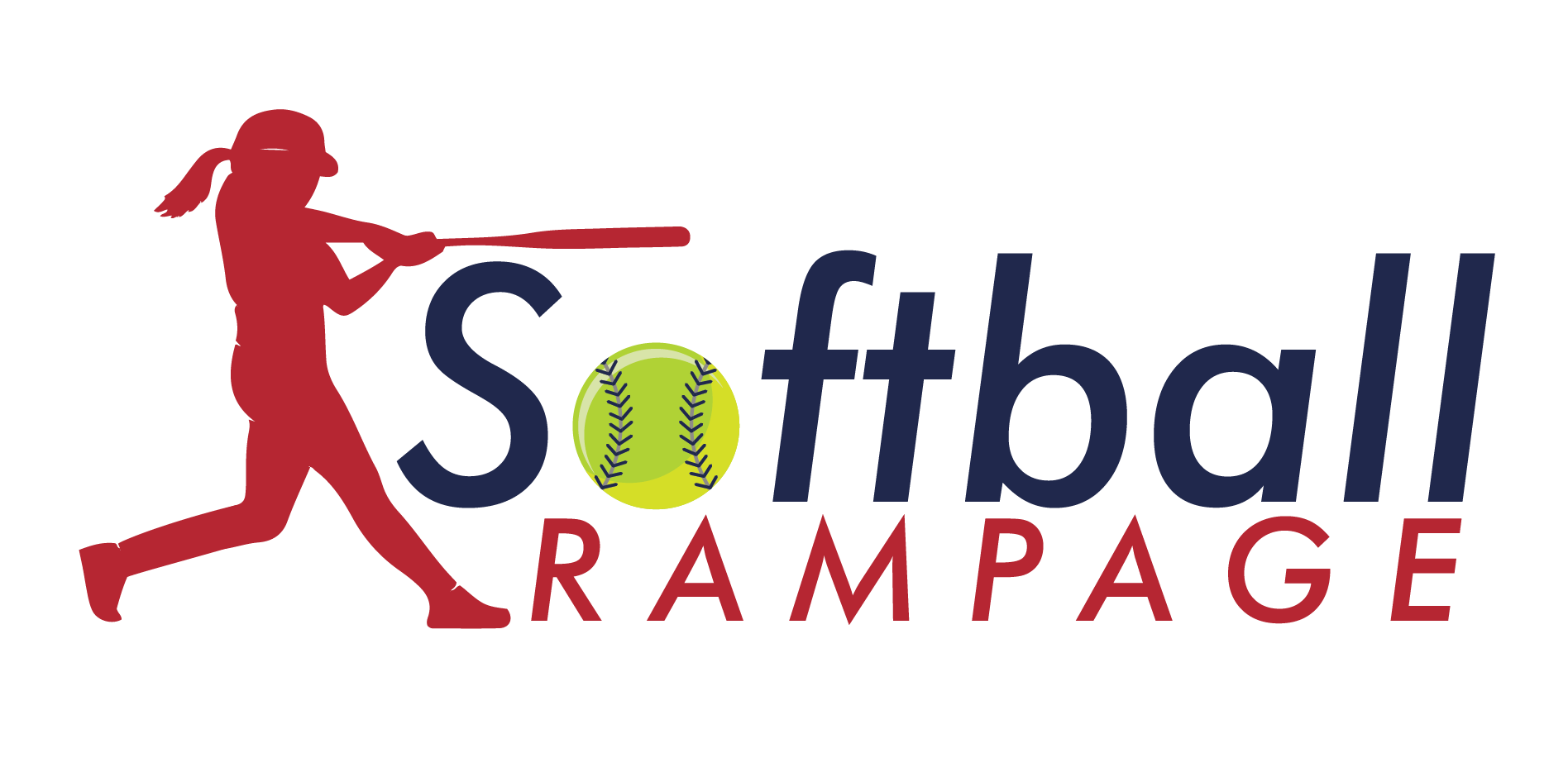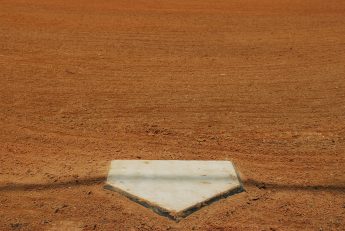Introduction
Quick Navigation
Softball is similar to baseball. You play softball on a larger pitch with a larger ball. Softball consists of different positions, which can be in categories such as pitcher, catcher, outfield, and infield positions. Outfield positions include left, right, and center field, while infield positions form the first base, second base, third base, and shortstop. A pitcher throws the ball to the catcher during a game, and the catcher receives balls from the pitcher and uses hand signals to call for the ball. Outfielders are left field, right field, and center field players. Outfielders are responsible for fielding the ball, whether it is on the ground or in the air. They are also responsible for making throws to the second base, third base, and home. Infielders include left, center, right fielders, and shortstop.
The Infield Position
The infield position is in two categories: the middle infielders and the corner infielders.
- Middle Infielders
Middle infielders consist of the second base and shortstop players. This position is more defensive than it is offensive. The second base player fields balls that are hit between the first and second base while the shortstop player fields balls between the second and third base. Once the players catch the ball, they throw it back to the first baseman before the batter can reach the first base. Fielding skills include speed, dexterity, and agility. The shortstop player throws longer balls to the first base than other fielders. Hence, the shortstop player has better fielding skills than other infield players.
- Corner infielders
Corner infielders consist of both the first and third base players. The first base player keeps a foot on first base while catching balls from the other infielders, and he does this before the batter reaches first base. Most throws for the first base player are often off-target because other fielders throw balls in a hurry. Thus, a first base player must be able to catch off-target balls. On the other hand, a third base player catches balls thrown towards the third base, and sometimes, the player catches throws between the second and third base.
Infield Drills
Drills are simply a series of exercises that help improve players’ skills. Drills for infield positions include;
- Ball Juggling
To carry out this drill, an infield player stands in a ready position. The coach is also about 20 feet away from the player. The coach throws a ground ball, and as the fielder is about to field the ball, the coach throws a second ball. The fielder should concentrate on making an excellent throwback to the coach while picking up the second ball and throwing it effectively. Carry out this drill often to improve skills.
- Blind Wall Drill
This drill requires at least three players and cones. Set up two cones about 20 feet apart, and a player stands behind each cone while holding a bucket. A third play stands in the middle of the two players and faces the wall. The coach stands behind the middle player, throws tennis balls at the wall, and the player fields the balls because they are ground balls. While fielding the balls, the player throws the balls to the left and the right player. This drill is very tiring and should be about 45 seconds for each player. This drill improves the players’ footwork and fielding techniques.
- Rapid Fire Drill
The set-up of this drill is like the blind wall drill. The only difference is that the middle infielder has to field about 25 to 30 round balls while throwing them to the right and left players. The balls should also come in rapid successions.
- Triangle drill
Triangle drill encourages teamwork between players. This drill involves two players (fielder and pitcher), and they stand at a hitter’s distance from each other. The fielder stands in a triangle shape. The triangle’s base points are the players’ feet, and the glove extends in front of her and faces the throwing partner. The throwing partner should throw balls that are hard to field towards the fielder, and the fielder should field the ball and make an accurate throwback.
- Rundown Throwing on the Run
The rundown throwing on the run drill involves teamwork and also improves throwing skills. Involve all players in this drill and have them stand on two lines. The head of each line throws to the other line, and each thrower should run while throwing. The exercise focuses on moving and throwing very quickly. The throws should be quick and accurate.
- Hat Drill
The hat drill improves the fielding position of players. To start this drill, flip your hat over and place the brim in your mouth. The hat blocks your vision a little bit and will force you to put your glove out in front of you. The hat drill reinforces the notion of always having your hands out in front of you while fielding a ball. If the glove is too close to your base, you can lose sight of the ball while fielding.
- Paddle Drill
Paddle drill also improves fielding position. Use a training paddle to field the softball instead of your glove. The paddle is flat and stiff than a standard glove, and this improves two-hand fielding techniques. Always put your hands out in front when carrying out this exercise. As you receive the softball, use your bare hands to secure it quickly.
- Relay Drill
Relay drill improves throwing and accuracy in players. To carry out this drill, line up infielders in the outfield grass just past the infield. The players will catch a throw, turn and throw to a designated base. A right-handed infielder catches the ball close to her left shoulder and steps back toward the target with her left leg.
For age-group specific drills, check out Softball Drills for 8U, 10U, 12U, and 14U. You can carry out exercises indoors. To know more about this, check Fun Indoor Softball Drills
Conclusion
Infielders are essential in winning a softball game. Teamwork and skillful play are also necessary. Therefore, repeating drills and exercises leads to improvement of skills and better gameplay.

